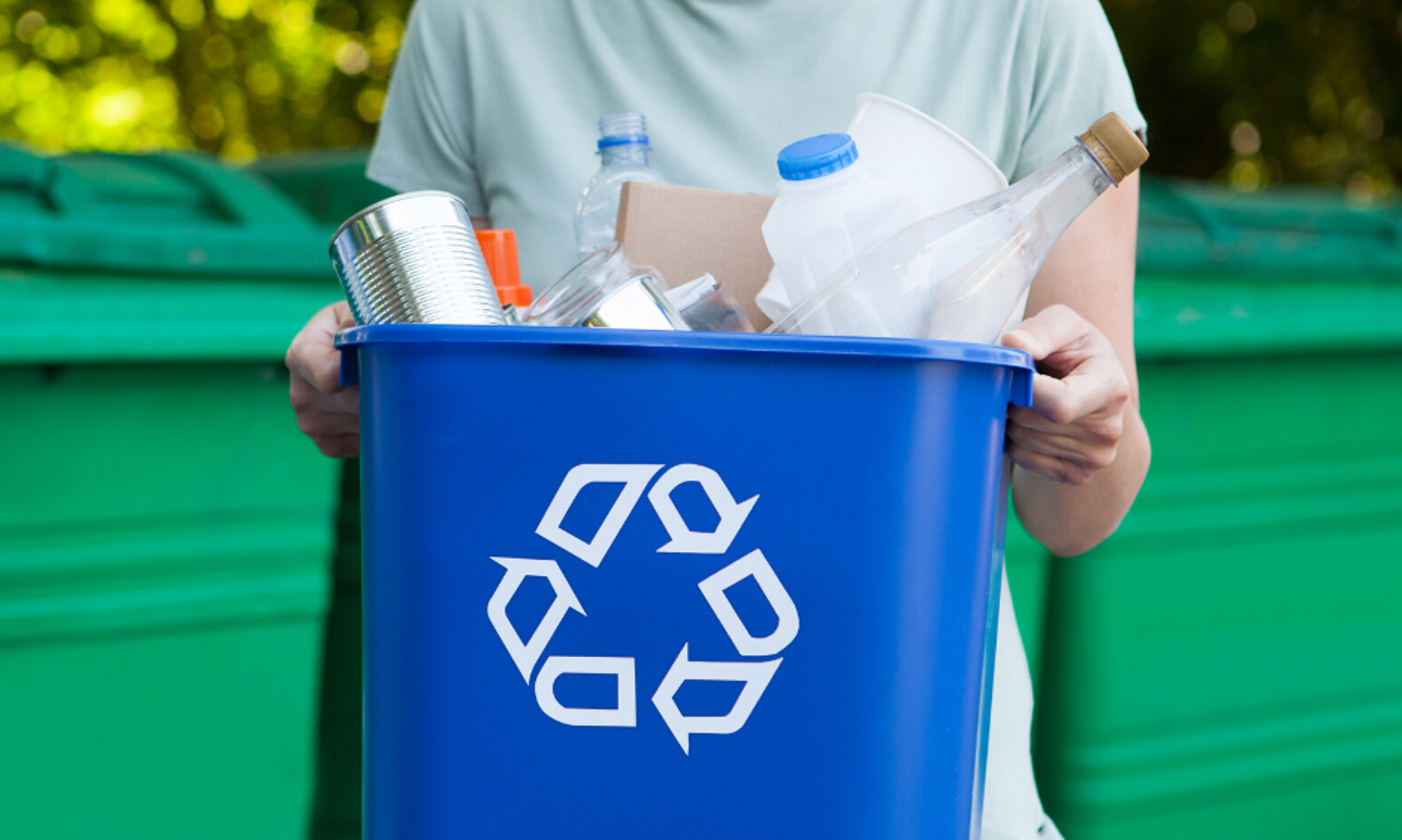22 June 2020
Reduce, Reuse and Recycle: waste reduction tips
We all need to take action on waste. Did you know that Australians produce 540 kg of household waste per person, per year? From the 67 million tonnes of waste generated in 2017, only 37% of this was recycled, most ending up in our waterways and oceans. We all need to change our attitudes and behaviour to protect our environment, health and wellbeing.
Organic waste
There are many actions that you can take at home to reduce waste and save money. Reducing means to decrease your consumption and purchase less. In 2016-17, around 6.7 million tonnes of organic waste was sent to landfill and included food waste, biosolids, green waste and timber. When organic waste decomposes in landfills, it produces landfill gas which consists mostly of methane. Methane is a much more damaging greenhouse gas than carbon dioxide. Let’s reduce the amount of organic material we send to landfill with these handy tips:
- Shop smart. Plan meals use grocery lists and avoid impulse buys. This way, you’re less likely to buy things you don’t need and are unlikely to consume.
- Have a plan B. Say you need Camembert cheese to make a fancy dish, but you don’t need to use the whole slice you purchased for the recipe – find a way to incorporate it into another dish before it expires.
- Practice FIFO. FIFO stands for First In, First Out. When unpacking groceries, move older products to the front of the fridge/freezer/pantry and put new products in the back. This way, you’re more likely to use up the older stuff before it expires.
- Take stock. Make a note of upcoming expiration dates on foods you already have at home and plan meals around the products that are closest to their expiration.
- Cook a “Use-it-up” meal. Instead of cooking a new meal each night, designate one dinner each week to use up all the leftovers and other overlooked food that’s sitting in your cupboard or fridge,
- Store better. Are stale chips, cereal and crackers things you tend to throw away? Try storing them in airtight containers – this should help them keep longer.
- Compost. Put all those food scraps to use by starting a small compost bin and convert food waste into a useful resource.
Paper, plastics, and packaging
Let’s beat paper, plastic and packaging pollution with these simple tips! On average, Australians use 130 kg of plastic per person each year – only 12% of that is recycled. More frightening still, up to 130,000 tonnes of plastic will find its way into our waterways and into the ocean. We need to reduce our plastic, packaging and paper use and learn how to properly recycle these resources by:
- Remember, paper and cardboard can be left for kerbside recycling.
- Buy recycled paper. Look out for products that contain a high percentage of Australian recycled fibre; Australian paper manufacturers have to meet environmental production standards which may not have to be met in other countries.
- Find alternatives to mail and eliminate unnecessary subscriptions. Send an email or a text and opt in for digital newspapers and magazines.
- Say yes to reusable bags and bring your own from home. 7,150 plastic bags go to landfill each minute – let’s help eliminate single-use plastic bags. You can even use reusable, washable bags for your loose fruits and vegetables.
- Opt for a reusable coffee cup, straw and lunch container. Not only will this save you money, but it will dramatically reduce your waste output.
- Check for the recycling symbol on all plastics. If there isn’t one, purchase a different product, if possible.
- Take plastic bottles back to redeem the container deposit at your local Return and Earn. You can find the closest location to you here.
Bathroom, toilet and laundry waste
Clean without chemicals and make the switch to sustainable products. The bathroom, toilet and laundry can be high use areas for chemicals. It’s possible to clean effectively without chemicals, for example by using bicarbonate soda or. White vinegar applied with water and a soft cloth. You could also minimise your waste in these areas by:
- Reusing existing containers and buying refills.
- Buying toothbrushes and shavers with replaceable heads or made out of sustainable materials.
- Refilling your liquid soap containers and trading in your packaged shower products for a shampoo or soap bar.
- Buying recycled toilet paper.
- Ensuring all recyclable paper, plastic and cardboard products are placed in your recycling bin for kerbside collection.
Aluminium, steel and electronic waste
Clean out your electronics and recycle! Aluminium is a common metal and used widely in cans and for food-related products, like foil and pie trays. Aluminium can be easily recycled, even if food scraps are stuck to it. When recycling steel cans, it’s best to put the lid inside the can and then squash the top of the can before placing it in your recycling bin.
Electronic waste (e-waste) includes products such as computers, televisions, home entertainment systems, printers, faxes and mobile phones. Only about 10% of e-waste is recycled compared to 52% of general waste. While e-waste can’t be recycled in your kerbside bin, it can be recycled or safely disposed of through other services. To view your local e-waste recycling centre, visit here.
Donate and upcycle
Give an item a second life by donating or upcycling! If your home is in need of a major Winter clean-out, why not donate unwanted clothes, household items furniture or appliances to family or friends, or donate them to a charity, such as your local Salvation Army. You can learn more about the importance of donations and find your nearest store here.
Alternatively, you may want to hold onto an item and give it a second change by upcycling it! There’s millions of brilliant DIY upcycling ideas online, but here’s a few of our favourites shared by Greenpeace, including a trendy bamboo skewer scent diffuser.
Seed Library
https://www.facebook.com/watch/?v=237977160808785



